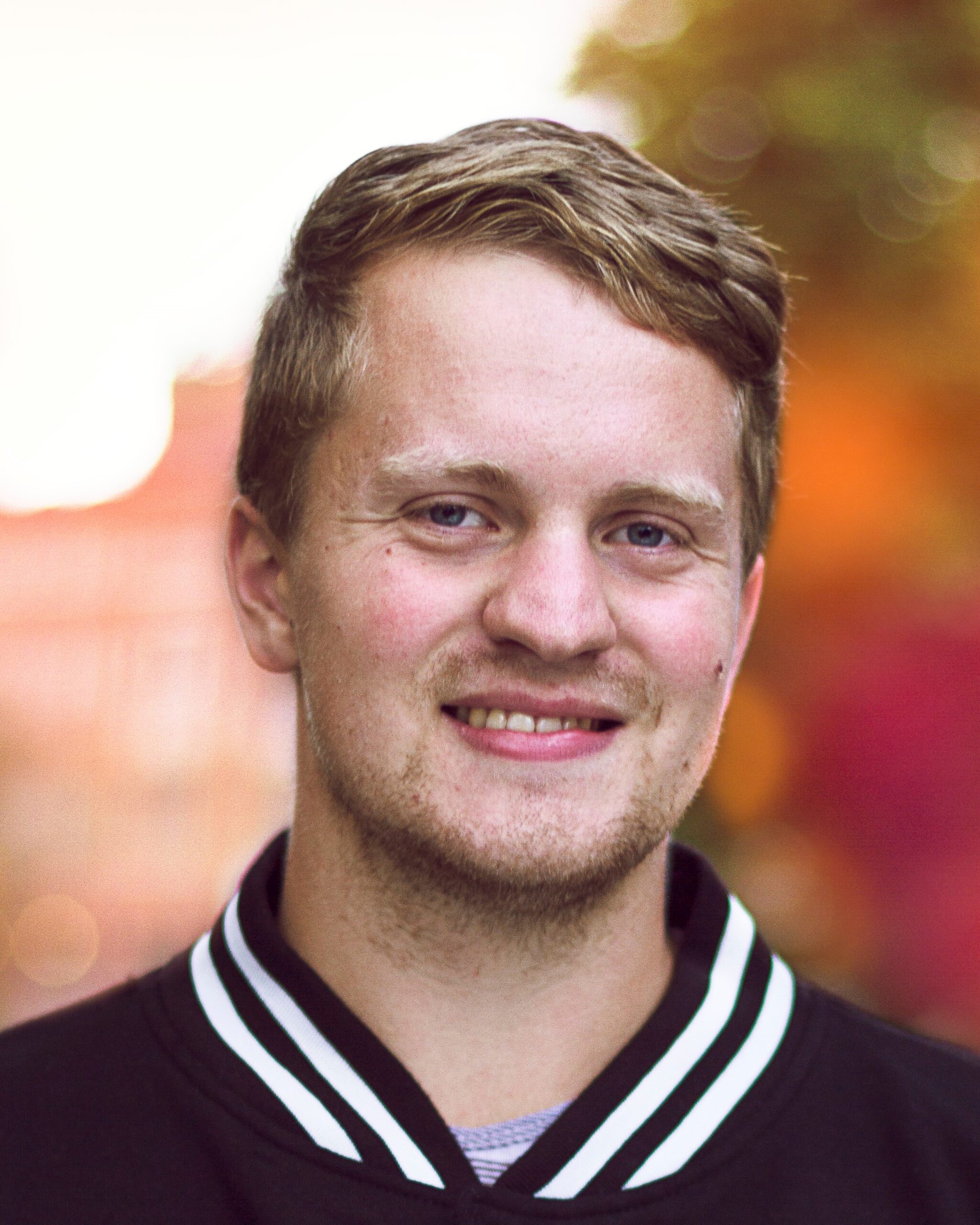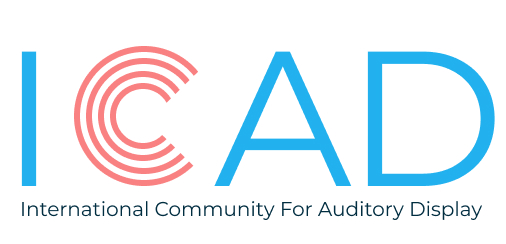Winner of the ICAD 2021 Best Student Paper Award and Best Academic Use of Sound Award
So, who are you?

My name is Elias Elmquist, and I am a PhD student in Sonification at Linköping University in Norrköping, Sweden. This month marks my first full year as a PhD student, during which I have been able to publish and present my first paper on sonifying astronomical data together with the space visualization software OpenSpace. Now I am currently working on my second research project, which investigates the use of sonification in air traffic control, specifically towards a remote tower simulator. I have always had an interest with both software and hardware, and to combine the visual and the auditory, which is why my thesis project is aimed at investigating the use of sonification in immersive environments.
How did you end up working on Sonification and Auditory Displays?
When it was time to choose the topic of my master’s thesis, I remembered that my sound technology teacher, Niklas Rönnberg, said at the end of his course that if anyone would be interested in a master’s thesis regarding sound we could contact him. Since I had developed an interest in music and sound, I did exactly that about a year later. He then sent me back some Powerpoint-slides listing different master’s thesis ideas involving sound. A topic that caught my eye was the idea of investigating the use of sound with the space visualization software, OpenSpace. It combined many of my own interests, such as astronomy and creating audiovisual experiences, which made it a fitting topic for me. I was then fortunate to continue this work as a PhD student.
What is the role of Sonification/Auditory Display in your research?
I use sonification to act as a complement to visualization and other visual displays, where it can either convey additional information or convey the same data. This can enable a more informative presentation, and offer an immersive experience by integrating it with an immersive environment where spatial audio can be utilized.
What is the most challenging part in your work?
Since I work in a research environment where visualization is the main focus, I find it important that the sonification should be just as informative and intuitive as the visualization it complements. I have also realized that aesthetics is important and challenging when it comes to sonification. A user could, for example, still be able to use a poorly designed visual interface, but would not stand an unpleasant sonification for very long.
Anything special ICADders should know about you?
During my five years of studying media technology, I was a DJ at the student union house. Apart from playing music, I also developed an interest in complementing the music with visual elements. It started with just having a lengthy Youtube-video as a backdrop, but then I discovered a software called, Serato Video, where it was possible to sync visuals with the music. I started by having a collection of looping backdrop animations, which I tied to different songs depending on their theme. This later developed to having music videos playing in sync with the song that was currently playing, which created a nice audiovisual experience.
What would you like to say to ICADders?
I would like to thank the organizers of ICAD 2021 for arranging such a nice virtual conference, which was my first conference experience, and for the incredible honor of receiving the awards. I hope that I will be able to attend ICAD for real next year and meet you all in person.
What is your favorite sonification/auditory display ever?
My favorite sonifications to date are mostly related to astronomy, since that is where I began my journey. One in particular is the sonification of the Huygens Landing by Erich Karkoschka (https://www.youtube.com/watch?v=sZC4u0clEc0).
What is the study/tool/work in the field of auditory display you are most proud of?
My proudest (and only) finished sonification work is the OpenSpace Sonification. Here is a link to the demonstration video: https://vimeo.com/528822742
Any way to learn more about your work or reach out to you?
Write me an email (elias.elmquist@liu.se) or connect with me on LinkedIn (https://www.linkedin.com/in/elias-elmq).
